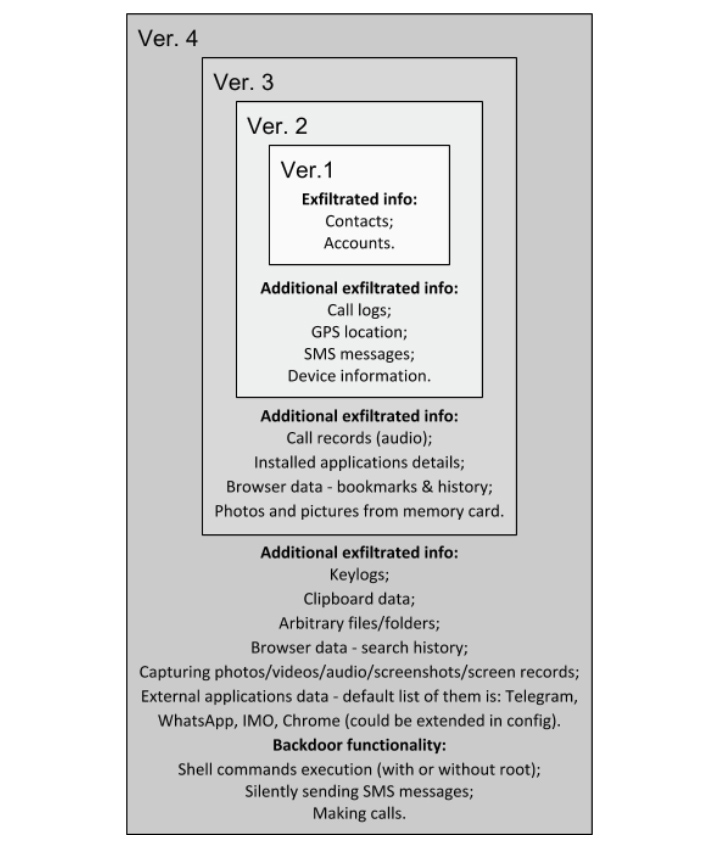Don’t Let Bad Hosting Sink Your Website: The Hidden Dangers of a Poor Provider
In today’s digital age, your website is often the first impression your business makes. But what if that impression is slow, insecure, or constantly unavailable? The culprit might be your website hosting provider. Choosing the wrong host can lead to a myriad of frustrating and costly issues that directly impact your online success.
Here are the critical ills of selecting a subpar website hosting provider:
The Real Costs of Bad Hosting
- Frequent Downtime and Unreliability: Imagine a physical store that’s constantly closing its doors without warning. That’s what frequent website downtime feels like to your visitors. It frustrates potential customers, leads to lost sales, and severely damages your brand’s reputation. Search engines also penalise sites with poor uptime, hurting your visibility.
- Snail-Paced Loading Speeds: In a world of instant gratification, a slow-loading website is a death knell. Studies show that a delay of even one second can lead to a significant drop in conversions and a high bounce rate. Visitors simply won’t wait for a sluggish site to load, leading them straight to your competitors. Beyond user experience, Google prioritises fast-loading websites in its search rankings.
- Security Vulnerabilities and Data Breaches: Cyberattacks are a constant threat. A weak hosting provider leaves your website exposed to malware, DDoS attacks, and data breaches. This can result in stolen customer information, compromised website integrity, and a shattered reputation. Recovering from a security incident is not only expensive but can also erode customer trust permanently.
- Inadequate Customer Support: When something goes wrong with your website, you need help, and fast. Poor customer support from your host can leave you stranded, struggling to resolve critical issues, and losing valuable time and money.
- Limited Scalability: As your business grows, so should your website’s capacity. A hosting provider that offers limited scalability will hinder your growth, causing performance issues and potential crashes when traffic spikes.
- Hidden Costs and Unclear Limitations: What seems like a cheap deal upfront can quickly turn into a financial nightmare with hidden fees for essential features or exceeding undisclosed limits. Transparent pricing and clear resource allocation are crucial.
- Negative SEO Impact: All of the above ills—downtime, slow speeds, and security issues—directly impact your search engine optimisation (SEO). Google prioritises reliable, fast, and secure websites. A bad host can derail your efforts to rank high in search results.
Hostinger: Our Go-To for Secure, Reliable Hosting
As an organisation that relies on robust and secure hosting for our own online presence, we’ve seen firsthand the critical role a good provider plays. That’s why I personally use and recommend Hostinger. Their services consistently counter every single ill listed above, providing a fantastic foundation for online success.
Here’s how Hostinger stands out as a highly secure provider in our experience:
- Guaranteed 99.9% Uptime: I’ve found their commitment to keeping websites online and accessible around the clock to be exceptional. Their robust infrastructure ensures minimal downtime, which is crucial for reputation and revenue.
- Lightning-Fast Performance with LiteSpeed Technology: Slow loading times are a thing of the past with Hostinger. They leverage cutting-edge LiteSpeed servers, delivering blazing-fast website speeds that keep visitors engaged and happy. This not only improves user experience but also significantly boosts SEO.
- Ironclad Security Measures: Hostinger prioritises website security, which is incredibly important to me. They provide:
- Free SSL Certificates: Essential for encrypting data, building trust, and improving SEO.
- Advanced DDoS Protection: Protecting against malicious traffic surges.
- Automatic Daily Backups: Ensuring data is safe and easily restorable.
Proactive Malware Scanning and Removal: Detecting and eliminating threats before they cause damage. - Web Application Firewall (WAF): Filtering out suspicious traffic and blocking attacks.
- 24/7 Expert Customer Support: Whenever I’ve needed assistance, their dedicated team of hosting specialists has been available around the clock via live chat, providing prompt, knowledgeable, and friendly support.
- Scalable Hosting Solutions: As our needs evolve, Hostinger offers a range of flexible hosting plans (Shared, Cloud, VPS) that easily scale. This ensures our websites can handle increasing traffic seamlessly.
- Transparent and Affordable Pricing: I appreciate their clear, upfront pricing with no hidden surprises. It makes budgeting straightforward and predictable.
Don’t compromise your online presence with a subpar hosting provider. I chose Hostinger for peace of mind, thanks to their industry-leading performance, unwavering security, and exceptional support.
Ready to elevate your website? You can get over 95% discount on your Hostinger purchases by using our link:


